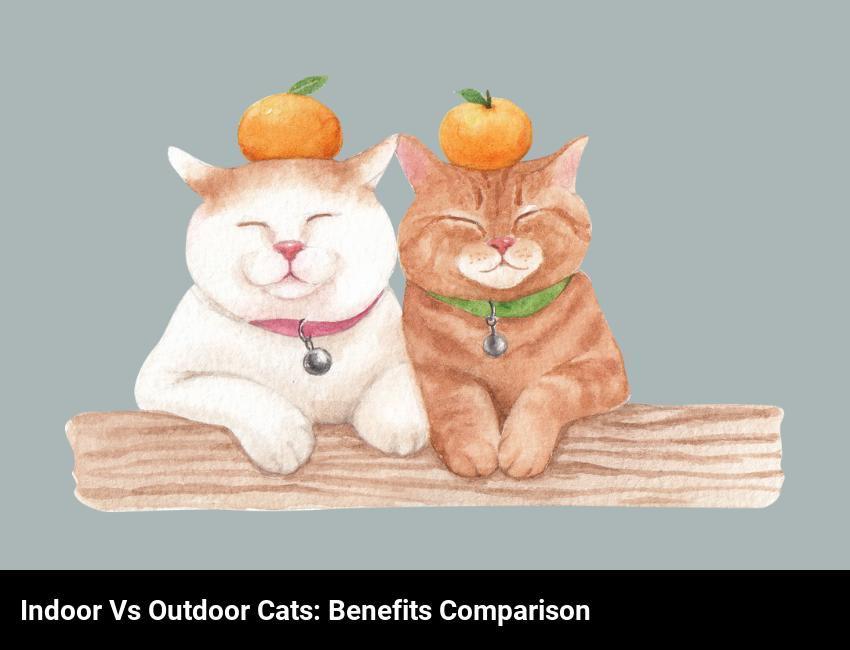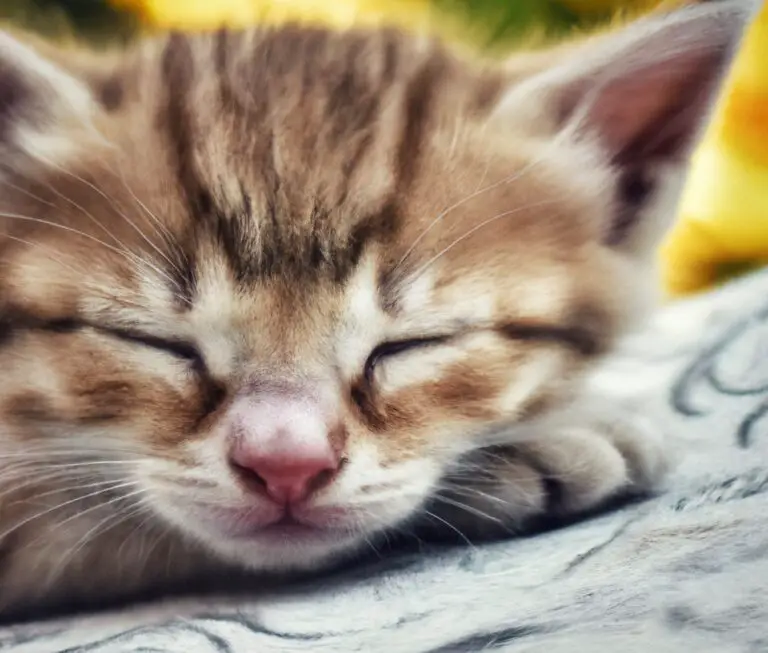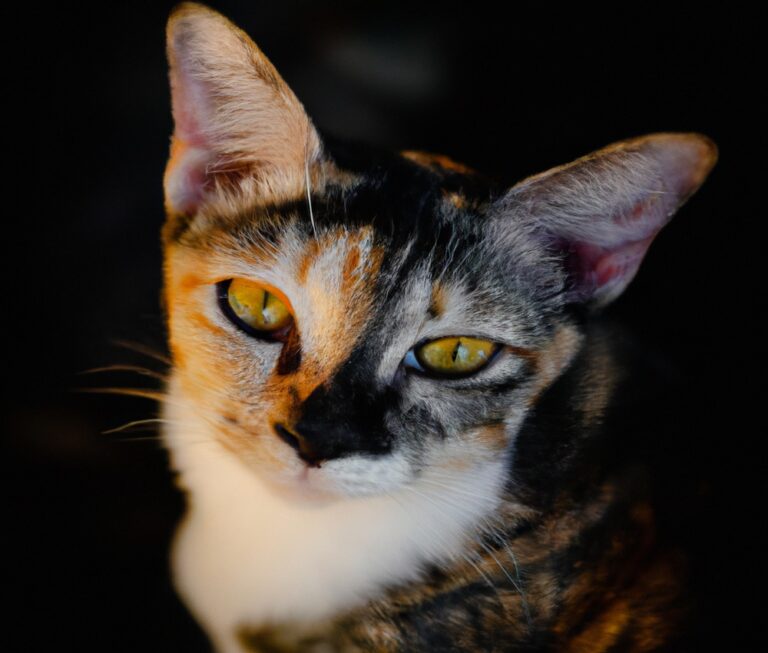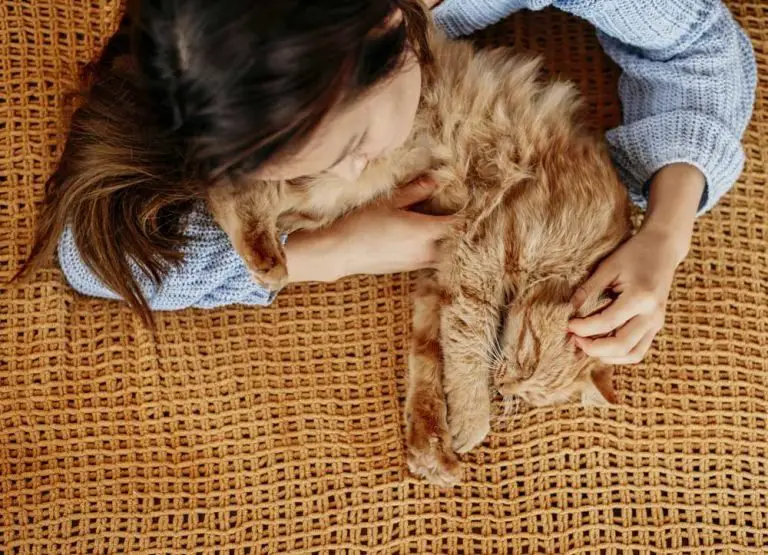The Benefits Of Indoor Vs Outdoor Cats
Indoor cats have a longer lifespan, as they are protected from weather, predators, and disease. They also don’t pose a risk to wildlife and can’t roam away from home, reducing the chance of getting lost or injured. Outdoor cats may have more freedom and opportunity to hunt, but they are at greater risk of contracting illnesses and parasites.
As a cat owner, I have had the chance to experience both indoor and outdoor cats. I can tell you from personal experience that there are many benefits to having an indoor cat versus an outdoor cat. Keeping a cat indoors can result in a healthier and longer life, while still providing them with a stimulating environment. I want to share my knowledge to help you understand the differences between indoor and outdoor cats.
The risks associated with outdoor cats are numerous, but the biggest one is that they are exposed to a variety of potential dangers such as predators, diseases, and traffic. On the other hand, indoor cats can be provided with a safe and stimulating environment with plenty of activities to keep them physically and mentally engaged. Plus, by keeping your cat indoors, you can keep a close eye on them and make sure they receive the best care.
In this blog, I will discuss the pros and cons of having an indoor cat compared to an outdoor cat. Additionally, I will provide tips on how to determine if your cat is an indoor cat or an outdoor cat, as well as what kind of environment each can have. Lastly, I will talk about how indoor cats can get exercise in comparison to outdoor cats.
How can indoor cats have a healthier and longer life than outdoor cats?
You can help your indoor cats have a healthier and longer life than outdoor cats by taking a few simple steps.
First, make sure your cats have plenty of environmental enrichment. This means providing them with toys, scratching posts, and other items they can interact with. You can also provide them with a variety of food and treats to keep them stimulated.
Second, give your cats regular check-ups at the vet. This will help to ensure that they are healthy and that any existing medical conditions are being properly monitored.
Third, make sure your cats get plenty of exercise. This can be done by providing them with a scratching post, cat tree, or even a window seat where they can observe the world around them.
Finally, keep your cats safe from harm. Make sure they are not exposed to toxic chemicals, fleas, or other dangers that may be lurking in the outdoors. If you have any concerns, make sure to check with your vet for advice.
By following these steps, you can help your indoor cats have a healthier and longer life than outdoor cats.
Are there any drawbacks to keeping an indoor cat versus an outdoor cat?
Yes, there are a few potential drawbacks to keeping an indoor cat versus an outdoor cat.
The first potential downside is that your cat may become restless and bored. Without a stimulating environment, cats can become unruly, destructive, and may even develop behavioral issues. To counter this, it’s important to provide your cat with plenty of interactive toys and a safe, stimulating environment to explore.
Another potential downside is that your cat may become overweight or obese. Without access to the outdoors and regular exercise, your cat can become overweight or obese due to lack of activity. To counter this, it’s important to provide your cat with plenty of exercise opportunities such as puzzle feeders and interactive toys.
Finally, indoor cats may be at a higher risk of certain behavior issues. Without access to the outdoors, cats can become more aggressive, destructive, and prone to anxiety. To counter this, it’s important to make sure your cat is getting plenty of exercise and mental stimulation.
Overall, keeping an indoor cat versus an outdoor cat does come with a few potential drawbacks, however, the benefits of keeping your cat indoors far outweigh the potential risks. With the right environment and care, indoor cats can be just as happy, healthy, and well-behaved as outdoor cats.
What are the risks associated with outdoor cats?
Having an outdoor cat can be a rewarding experience for many, but it does come with risks. There are several dangers cats face when living or spending time outside, including predators, fights with other cats, traffic, and diseases.
Predators, like foxes, coyotes, and hawks, can be a danger to outdoor cats. They may try to hunt your cat, and even if they don’t actually catch them, the experience can be extremely stressful for your cat.
Fights between cats can also be a danger, especially if your cat is unneutered. Unneutered cats may be more aggressive, and may fight with other cats in the area, leaving your cat injured or even dead.
Cats can also be in danger from traffic, both on the street and on the highway. If a cat wanders too far from home, they may wander into traffic and be injured or killed.
Finally, outdoor cats are exposed to a variety of diseases, including feline leukemia, FIV, and rabies. These diseases can be spread to other cats, and can be deadly.
In conclusion, outdoor cats face a variety of risks, including predators, fighting with other cats, traffic, and diseases. While having an outdoor cat can be rewarding, it’s important to be aware of these risks and take steps to protect your cat from harm.
What are the benefits of having an indoor cat compared to an outdoor cat?
If you’re considering bringing a furry friend into your home, you may be wondering if you should keep your cat indoors or let it roam outside. While both options have their advantages, here are some of the key benefits of having an indoor cat:
- No Risk of Injury or Illness: Keeping your cat inside will help ensure they stay out of harm’s way. Without exposure to street traffic, other animals, or extreme weather, your cat will be much less likely to suffer from injuries or illnesses.
- A Bond with You: When your cat is inside, it will be easier for you to bond with them as you spend time together. They’ll become more friendly and affectionate, and will develop a trusting relationship with you.
- Environmentally-Friendly: By keeping your cat inside, you’re helping to protect wildlife and the environment. Indoor cats will not hunt for birds or other animals, which helps preserve wildlife populations.
- Convenience: An indoor cat is much easier to care for. You won’t have to worry about keeping your pet safe as they explore the outdoors, and you can easily provide them with food, water, and litter.
How do indoor cats get exercise in comparison to outdoor cats?
Do indoor cats get enough exercise? Absolutely! There are plenty of ways to make sure your indoor cat stays fit and healthy. Here are some ideas to help your kitty stay active:
- Make sure to provide plenty of toys: From laser pointers to cat towers and scratching posts, toys can help keep your cat entertained and active.
- Play hide and seek: Hide a toy or treat and then let your cat search for it. This encourages curiosity and helps to keep your cat active.
- Take your cat on a harness and leash: If your cat is comfortable, taking them out for a walk can help to burn some energy.
- Schedule regular playtime: Set aside a few minutes each day to let your cat chase a toy or play with you. This helps to keep them mentally and physically active.
- Provide an exercise wheel: Exercise wheels can provide cats with a fun way to get exercise.
- Create an outdoor enclosure: If you’re able to, build an outdoor enclosure so your cat can get a taste of the outdoors without the potential hazards of being outside.
With these tips, you can make sure that your indoor cat is getting enough exercise. Although outdoor cats may have more opportunities for exercise, indoor cats can stay active and healthy with the proper care.
How do you know if your cat is an indoor cat or an outdoor cat?
First and foremost, you need to consider your cat’s safety. If you live in a heavily populated area or near a busy street, it’s best to keep your cat indoors. Even in quieter areas, outdoor cats can face the risk of predators or become injured.
- Also, think about your cat’s preferences. Is your cat content lounging around the house, or does it seem excited to explore the outdoors? Many cats prefer being indoors, but some might show signs of wanting to go outside, such as meowing at windows and doors.
- Consider your lifestyle as well. How much time do you have to monitor an outdoor cat? Will you be able to bring your cat in at night, or will it be able to find shelter and food outside? If you don’t have the time or resources to keep an outdoor cat safe, it’s best to keep it indoors.
- Finally, consider your climate. If you live in an area with extreme weather, such as extreme heat or cold, it’s best to keep your cat indoors to avoid potential health risks.
Keeping your cat safe and secure is the most important factor when deciding whether to keep your cat indoors or outdoors. Make sure to consider your cat’s preferences, lifestyle, and climate before making a decision.
What kind of environment can an indoor cat have?
Yes, indoor cats can have a great life! A comfortable environment starts with providing them with a safe, secure home with plenty of places to explore. Furniture that doubles as scratching posts, tunnels, and cloth-covered shelves can give them lots of places to hide or simply relax. And don’t forget the toys! Catnip-filled mice and feathers on strings can provide hours of stimulating fun.
It’s also important to make sure your indoor cat has access to plenty of sun and fresh air. Open the windows and give your cat a chance to see and smell the outdoors. You can also provide them with a special outdoor enclosure, like a screened-in patio or balcony, where they can safely enjoy some sunshine and supervised outdoor time.
Finally, don’t forget about the mental stimulation! Cats are very curious, so give them toys and puzzles to solve, like interactive feeders and treat dispensers. You can also try hiding treats around the house for your cat to find.
Creating an environment that meets your indoor cat’s physical and mental needs is essential to providing them with a happy, healthy home. With the right setup, they can have a great life indoors.
What kind of environment can an outdoor cat have?
If you’re deciding whether to keep your cat indoors or outdoors, you may be wondering what kind of environment an outdoor cat can have. The good news is that outdoor cats can have a healthy, stimulating environment with the right precautions!
Being outdoors gives cats plenty of opportunity to explore and be active. Giving your cat a secure outdoor enclosure such as a catio or cat-safe fence can help them enjoy the outdoors safely. Adding climbing structures and toys to the enclosure can also help keep them entertained.
Access to natural sunlight, fresh air, and the outdoors can also be beneficial for cats. It can help boost their mood and provide them with Vitamin D from the sun. If you can provide a safe, secure outdoor space for your cat, they can enjoy the benefits of being outdoors.
However, it is important to be aware of the dangers of the outdoors. Cats are predators and are vulnerable to other animals and cars. Keeping your cat’s outdoor time supervised and making sure they are always safe is important. It’s also important to keep your cat up-to-date on their vaccinations and flea treatments.
For cats that are kept indoors, it’s important to provide them with plenty of stimulation. Cat trees, scratching posts, and interactive toys can all help keep them active and entertained. You can also add cat-friendly plants or bird feeders to your windowsill or balcony to give them something to watch.
Overall, an outdoor cat can have a healthy, stimulating environment with the right precautions.

Frequently Asked Questions
What unique challenges does an indoor cat face that an outdoor cat does not?
An indoor cat typically faces more health risks than an outdoor cat, such as obesity, diabetes, and heart disease due to a lack of exercise. Additionally, indoor cats may develop behavioral problems such as excessive meowing, biting, and scratching caused by boredom and frustration. Indoor cats are also more prone to infectious diseases, parasites, and fleas due to their close contact with humans and other pets.
How can i make sure an indoor cat stays active and entertained?
You can keep an indoor cat active and entertained by providing them with plenty of interactive toys, scratching posts, and cat trees. Rotate the toys to keep things interesting and offer a variety of activities. Playing with your cat is also a great way to keep them engaged, as is installing a window perch with plenty of bird-watching opportunities.
What are some of the potential risks of allowing a cat to roam outdoors?
Allowing a cat to roam outdoors can come with potential risks. These include the cat getting lost, being exposed to predators and other animals, being exposed to diseases, and being exposed to fleas and parasites. It can also lead to fights with other cats, road accidents, poisoning, and attacks from other animals or humans.
What kind of lifestyle can an outdoor cat expect compared to an indoor cat?
Outdoor cats generally have more freedom to explore and have more stimulation compared to indoor cats. They may have access to more hunting opportunities, as well as a variety of different environments. However, indoor cats may have access to better safety and security, as well as regular vet checkups and nutrition. Ultimately, the best lifestyle for any cat depends on the individual cat’s needs, preferences, and environment.
How can i ensure that my outdoor cat is safe and healthy?
To ensure your outdoor cat is safe and healthy, make sure you keep them up to date on vaccinations, provide them with regular check ups with a vet, and provide them with a secure, clean living area. Additionally, keep them well-fed and provide them with toys and other items that keep them mentally and physically active. Lastly, make sure they have a collar with an up to date ID tag in case they get lost.







